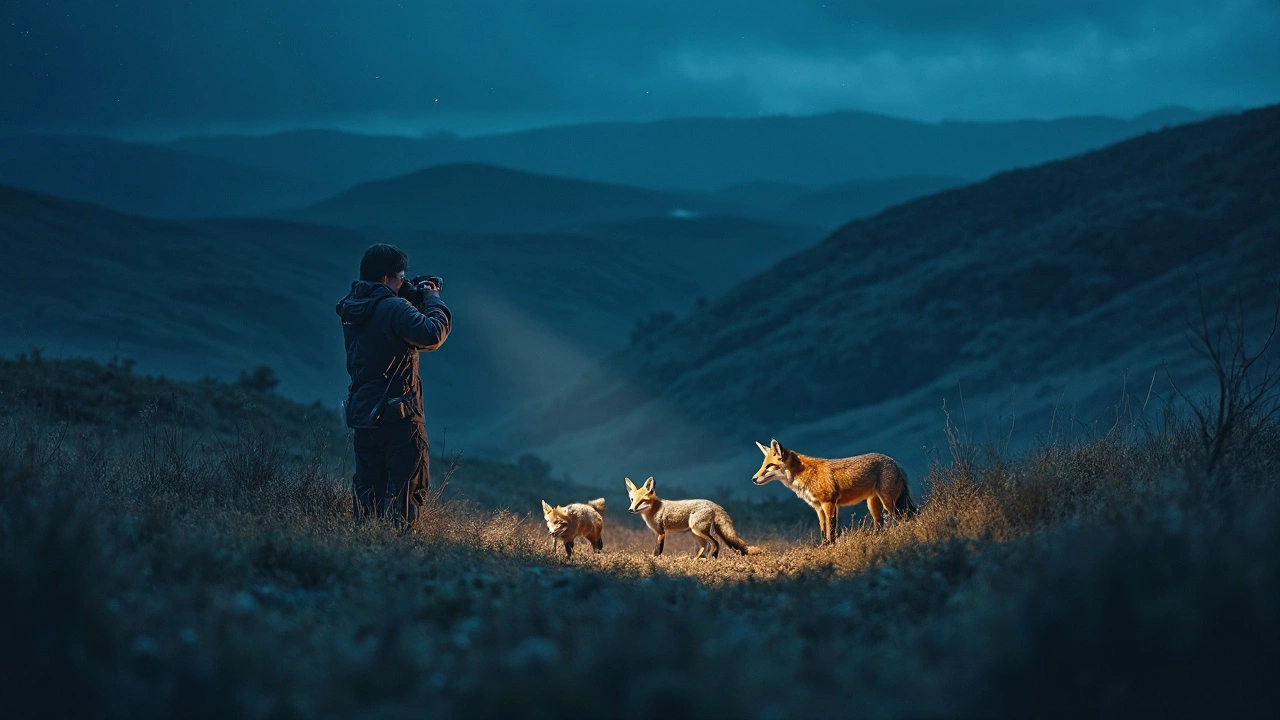If you’ve ever looked at a security video that turned into a black blob after sunset, you know the pain of a weak low‑light camera. The good news is you don’t have to settle for grainy footage. Modern low‑light cameras combine infrared (IR) LEDs, larger sensors, and smart software to capture crisp images even when the sun goes down.
First, understand the two main ways cameras see in the dark. Infrared night vision uses invisible light to illuminate the scene. The camera’s sensor picks up the IR glow, so you get a monochrome picture that shows shape and movement. Low‑light (or “color night vision”) technology relies on a bigger image sensor, wider aperture, and noise‑reduction algorithms to capture color details with very little ambient light. Which one fits you depends on where the camera will sit and what you want to see.
IR Range: Check how far the built‑in IR LEDs can shine. For front doors or driveways, you’ll want at least 15‑20 metres of reach. Some cameras let you add external IR lights for extra distance.
Sensor Size: A 1/2.8" sensor (or larger) generally performs better in low light than smaller ones. Bigger sensors gather more light, which means less grain.
Lens Aperture: Look for an f/1.8 or lower number. A wider aperture lets more light hit the sensor, improving brightness without boosting noise.
Smart Settings: Features like “Night Vision Mode,” “HDR,” or “Auto‑IR” automatically switch the camera to the best settings when darkness hits. These save you from fiddling manually.
Think about placement first. Outdoor cameras need weather‑proof housing and a decent IR range. If you’re covering a garden path, a camera with a 30‑metre IR glow and a 1080p sensor will give you clear silhouettes of people and pets.
For indoor spots like a garage or pantry, a low‑light sensor that captures color works well. You’ll see the difference between a cat and a coat rack, which helps avoid false alarms.
Don’t forget connectivity. Most modern low‑light cameras are wireless and work over Wi‑Fi, but they still need an internet connection for remote viewing and cloud storage. If you’re worried about bandwidth, choose a model that offers local SD‑card recording as a backup.
Finally, check privacy settings. A well‑designed camera lets you set motion zones and mask areas you don’t want to record. This keeps you compliant with local privacy laws and reduces unwanted alerts.
By focusing on IR range, sensor size, aperture, and smart night‑vision features, you can pick a low‑light camera that actually shows you what’s happening after dark. Whether you need a rugged outdoor unit or a subtle indoor one, the right specs make all the difference.

Discover the best night vision cameras that can enhance your night-time photography or security needs. This guide provides insights into what makes a great night camera, covering features like low-light performance, ease of use, and price. Whether you're capturing wildlife or keeping your property safe, there's a camera for you. Learn about top brands and models that stand out for their reliability and quality. Equip yourself with invaluable buying tips and facts on making the right choice.